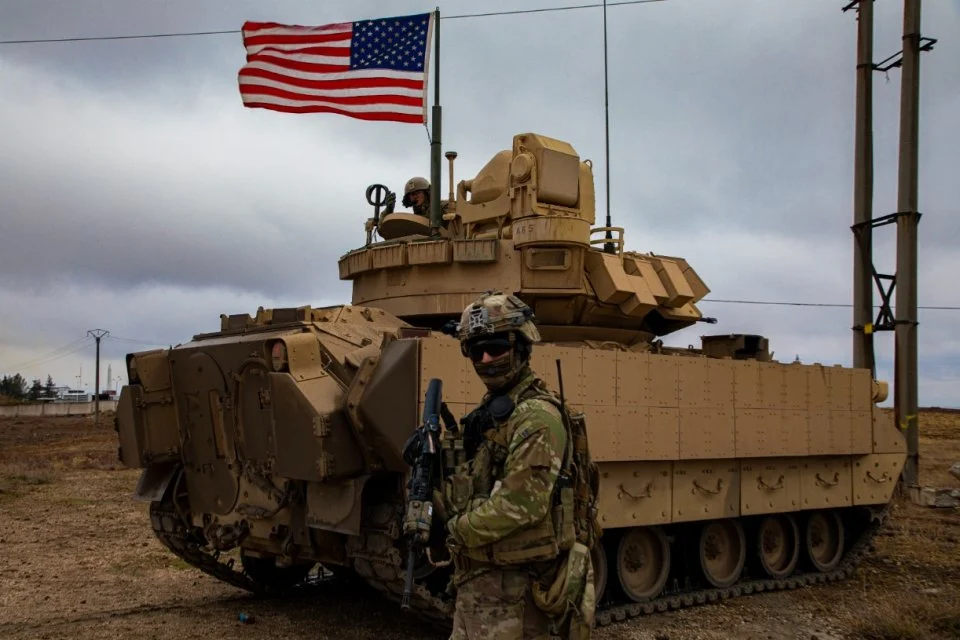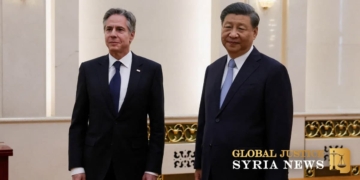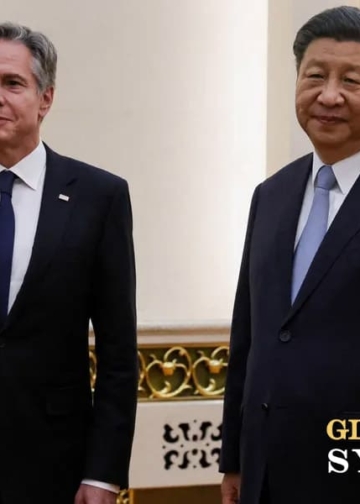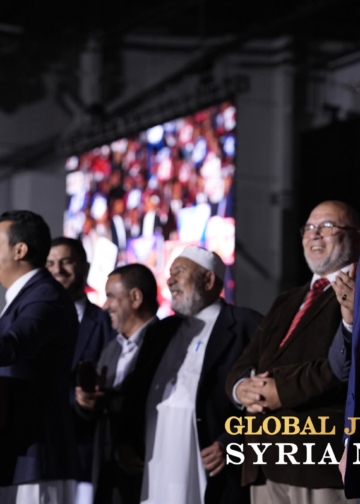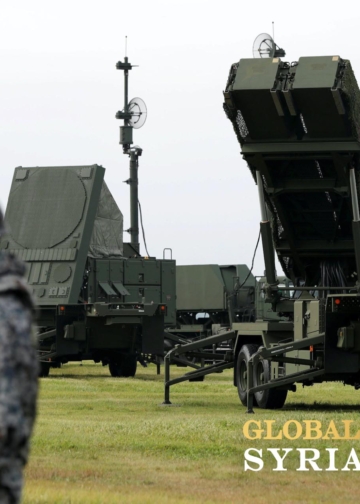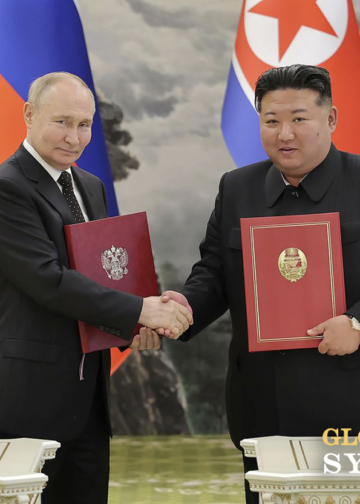By: Adam Lammon – The National Interest
On Thursday, a drone attack on a U.S. base in northeastern Syria served as the latest reminder that the United States remains at war in Syria and U.S. personnel are at risk. The drone attack, which U.S. intelligence swiftly concluded was of “Iranian origin,” killed one U.S. contractor and wounded six others, including five U.S. service members. In response, President Joe Biden ordered the U.S. military to carry out precision airstrikes against facilities belonging to groups affiliated with Iran’s Islamic Revolutionary Guard Corps, killing eight fighters. The tit-for-tat escalation continued into Friday morning, when “lots of rockets” were fired at a different U.S. base in Syria, this time in the southeast of the country, though no casualties were reported.
This is not the first time that U.S. personnel have been targeted in Syria—and it is unlikely to be the last. American soldiers have no shortage of enemies in the country and have faced regular attacks since they arrived more than seven years ago. What began as a U.S. regime change effort against the government of Syrian president Bashar al-Assad has since morphed into an open-ended confrontation—where the official mission of suppressing the Islamic State has obscured U.S. efforts to counter Russia and Iran. These ambiguous objectives have ensured that the United States is no closer to leaving Syria than it was when it first put boots on the ground.
Americans in Syria are confronting real dangers. According to the Jewish Institute for National Security of America’s Iran Projectile Tracker, Iran-backed militias have targeted U.S. service members with at least seventy-two munitions since 2017 (not including this week’s attacks), with more than 90 percent of those occurring in the last two years. Notably, this data does not include attacks by the Syrian government or Russia-backed forces, including the infamous Wagner Group, which launched a daring, massive assault on about forty American commandos in 2018 that left 200 to 300 of the attackers dead. Nor does it account for the Russian military’s harassment of Americans in Syria. Just last week, the head of U.S. Central Command, Gen. Michael Kurilla, told the Senate Armed Services Committee that the Russian Air Force has increasingly been flying over the positions of U.S. troops in a “provocative” manner. This behavior has also occurred on the ground: Russian troops have rammed U.S. convoys and, as an inspector general report to Congress recently found, “increased their violations” of agreed-upon deconfliction arrangements.
The Biden administration has vowed to continue defending the 900 U.S. service members in Syria for as long as they remain in the country—an apparently indefinite timeframe. Despite Biden moving to end or drawdown the United States’ other “endless wars” in Afghanistan and Iraq, this policy has not been extended to Syria. Rather, Washington is ostensibly committed to fighting ISIS and pressuring the Assad regime, which continues to be squeezed by a robust, U.S.-directed sanctions regime.
Yet Washington is certainly aware that Damascus is not as isolated as it once was. Regional rapprochement with Syria is already in full swing; not only have the United Arab Emirates, Bahrain, and Oman opened their doors to the Syrian government, but even Turkey and Saudi Arabia, once Assad’s fiercest enemies, are looking to reconcile.
Coming on the heels of a Chinese-brokered agreement that codified Saudi Arabia’s détente with Iran, the emerging Saudi-Syrian peace deal stands to further shift Middle Eastern geopolitics. If successful, Moscow’s assistance in restoring Riyadh and Damascus’ diplomatic ties after a decade of war will be a remarkable victory for another U.S. adversary—as well as for the entire region. In this regard, it will further impress upon regional elites that they have options beyond America to advance their political and security objectives.
Indeed, it is China and Russia—America’s so-called “great power competitors”—whose regional policies are now helping to stabilize the Middle East and support U.S. interests. China portrays itself as a friend to all and an enemy to none, allowing Beijing to position itself as an honest intermediary that can address the region’s problems in ways Washington cannot. Russia, too, is seen as a dependable partner—one that has stood by its Syrian ally through thick and thin—and an interlocutor that has proven its sensitivity to the needs of capitals as different as Damascus, Tel Aviv, Riyadh, and Tehran.
In contrast, the U.S. record is more troubled. It was the United States that invaded Iraq twenty years ago this week, unleashing chaos and violence across the region. It was also Washington that unilaterally blew up the international nuclear agreement with Iran—after the Obama administration had dragged its regional allies kicking and screaming to support the accord—setting Tehran on a glide path toward a nuclear weapons capability and increasing tensions in the Persian Gulf. The United States subsequently declined to defend Saudi Arabia and its Arab partners from Iran’s escalation in 2019 (ironically prompting Riyadh to later reconcile with Tehran), to say nothing of the fact that Washington has vacillated between pulling out of and leaning into the region across the last three presidential administrations.
Yet despite these doubts about U.S. reliability, and Washington’s concerns about perceived challenges from Russia and China, the United States must check its knee-jerk tendency to interpret all Russian and Chinese actions as coming at its expense. The Middle East is big enough for the United States, Russia, and China, especially since Beijing has a significant stake in regional stability so it can continue importing the region’s energy resources. The U.S. role in the region, as the UAE and Saudi Arabia continue to make clear, is not going away, but it is changing. Washington, therefore, needs to recognize that it should not and cannot try to do it all in the Middle East. Instead, it must reassess where its efforts can make the most positive difference, and where its most vital national interests truly lie.



